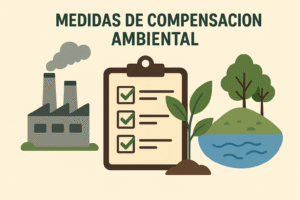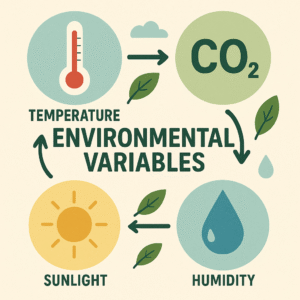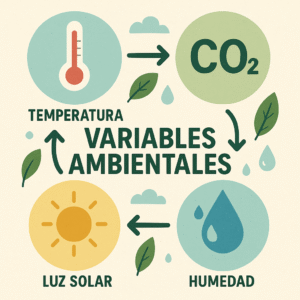What Are Environmental Factors?
Environmental factors are external conditions that influence human health, genetics, and quality of life. These influences can be natural, such as sunlight or climate, or human made, such as pollution or urbanization. Unlike genetic factors, which are inherited, environmental factors change throughout a person’s life and interact with lifestyle choices, social conditions, and biological responses.
Difference Between Environmental Variable and Environmental Factor
Environmental factors are external conditions that influence human health, genetics, and quality of life. These influences can be natural, such as sunlight or climate, or human made, such as pollution or urbanization. Unlike genetic factors, which are inherited, environmental factors change throughout a person’s life and interact with lifestyle choices, social conditions, and biological responses.
Classification of Environmental Factors
Environmental factors can be classified according to their origin, nature, impact, and scope.
By Origin
Natural Environmental Factors
- Climate: temperature, humidity, rainfall.
- Sunlight and ultraviolet radiation.
- Natural disasters: earthquakes, hurricanes, floods.
- Geographical conditions: latitude, altitude, relief, soil quality.
- Edaphic factors: soil type, composition, moisture, nutrient availability.
Human Made Environmental Factors
- Pollution: air, water, soil.
- Industrial and agricultural chemicals: pesticides, plastics, heavy metals.
- Urbanization and infrastructure: traffic, overcrowding, lack of green spaces.
- Technological exposure: noise, electromagnetic fields.
- Lifestyle: smoking, alcohol, poor diet, sedentary behavior.
By Nature (Scientific Dimension)
- Physical Factors: sunlight, temperature, noise, radiation, atmospheric pressure.
- Chemical Factors: pH, salinity, pollutants, industrial waste, drugs.
- Biological Factors: viruses, bacteria, fungi, parasites, allergens.
- Social Factors: socioeconomic level, healthcare access, housing, working conditions, stress.
- Cultural Factors: lifestyle habits, diet, traditions, smoking, alcohol use.
- Biotic Factors: producers (plants, algae), consumers (herbivores, carnivores, omnivores), decomposers (fungi, bacteria).
- Abiotic Factors: water, air, light, soil, nutrients, climate, pressure.
By Impact on Human Health
Positive Environmental Factors
- Sunlight (vitamin D synthesis).
- Clean air and water.
- Green spaces (mental health benefits).
- Balanced diets and physical activity.
Negative Environmental Factors
- Environmental pollution and toxic substances.
- Sedentary lifestyles.
- Chronic stress, poor housing conditions.
- Tobacco, alcohol, and drug use.
By Scope of Influence
- Individual Level: diet, exercise, sleep, and personal habits.
- Community Level: housing quality, workplace safety, transport, urban design.
- Global Level: climate change, deforestation, biodiversity loss, cross border pollution.
Environmental Factors and Human Health
The link between environmental factors and health is one of the strongest in modern science. Long term exposure to poor air quality increases risks of asthma, lung cancer, and heart disease. Diet and lifestyle also considered environmental factors shape obesity, diabetes, and mental health outcomes.
A key field, epigenetics, shows how environmental factors can “switch on or off” certain genes. For example, smoking and diet don’t alter DNA sequences but can affect how genes are expressed, increasing disease susceptibility.
Why Understanding Environmental Factors Matters
Recognizing the role of environmental determinants of health helps individuals and societies make better choices:
- Public Health Strategies: Cleaner air, safe water, and vaccination campaigns.
- Policy and Global Awareness: Governments must regulate pollutants, protect biodiversity, and fight climate change.
- Personal Actions: Choosing a healthy diet, exercising, and reducing exposure to harmful substances.
By understanding how environmental influences interact with genetics and lifestyle, we can prevent disease, promote well being, and improve future generations’ health.
FAQs About Environmental Factors
What are environmental factors in health?
They are external influences like pollution, climate, and lifestyle that affect human well being and disease risks.
How do environmental factors affect genetics?
Through epigenetics, environmental conditions can alter how genes are expressed without changing DNA itself.
What are examples of environmental influences?
Air pollution, diet, smoking, stress, sunlight, and chemical exposure.
Can lifestyle choices change genetic expression?
Yes. Exercise, nutrition, and smoking directly influence epigenetic markers.
How do environmental factors relate to diseases?
They shape risks for cancer, diabetes, cardiovascular disease, mental health disorders, and infectious diseases.







